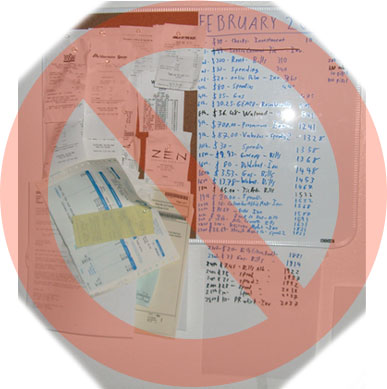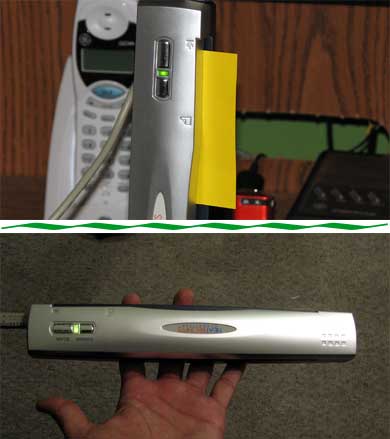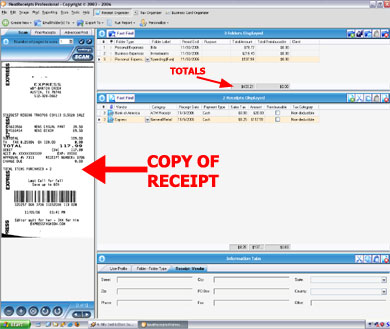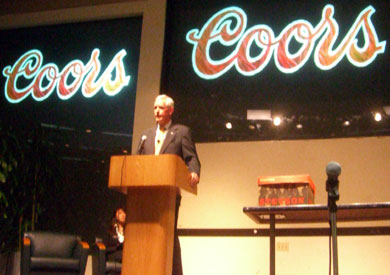I’m back from India, had lots of fun, made lots of observations, saw lots of crazy things, and even got my name in the newspapers.
In the U.S. it’s no secret that the Indian and Chinese economies are doing very well, but experiencing it first hand is always better. After spending nearly a month in India with people from different classes of society, I can definitely say the economy there is booming like crazy, and will continue to grow for quite some time.
DEVELOPMENT OF THE MIDDLE CLASS
The BEST part about the growth in India is the strikingly similar pattern India is following compared to the growth the U.S. underwent in the 1950’s. This can be extremely profitable because you can easily predict the future of India’s growth by studying the history of the U.S. and other developed countries after they started developing a large middle class.
India was primarily a labor-based country with an extremely large poor population, a small middle class and small upper class. It’s now starting to develop a large middle class, much of which was just VERY recently developed by the dramatic increase in IT jobs available.
Just like the 1950’s in America, people started making more money, the economy was great and a large middle class emerged. These people no longer looked only for functionality of a product, but also stylish design, brand names and prestige of owning that product. Indian people are becoming extremely brand conscious now and the consumer market is growing very quickly. There are TONS of shopping malls already built and still more are being built, this mall craze only started recently. Housing is also booming like no other to accommodate all these newly middle class people and their families.
IT WORK
On a trip to one of India’s IT hotspots Hyderabad (Also now known as “Cyberabad”), showed that a MASSIVE amount of young people are employed there, mainly by overseas companies. I believe I heard that over 270 multi-national companies had large installations there, and many more using services provided by those facilities. Since India is already a very educated country, large companies are flocking here for relatively low cost talent.
I quickly realized that 80%+ of the high-tech jobs were NOT call centers. Major IT companies like Microsoft have massive facilities in India that do much of the same work like their U.S. counterparts. These jobs have more normal hours and also pay extremely well. The pay difference for an employee in the U.S. vs. India is DRASTIC. An entry level job for a college grad in U.S. could fetch $30-50,000/year, while in India an equally good pay would be roughly 35,000 Rupees a month.
Just 6-10 years ago that pay would be EXCELLENT, but now it’s becoming a standard for young people.
MULTI-NATIONAL BRANDS
I see why all these large companies keep talking about “Expansion in China and India”….people are loving the brand names here. Food is especially growing here. The three most prominent food chains I saw were McDonalds, Pizza Hut and Baskin Robbins (yea, I thought that was a little out of place too). KFC was also making a decent appearance and Starbucks is about to start there (I predict Starbucks is going to be a phenomenal hit in India).
As the big chains try to build their brands oversees, they build very nice restaurants at first. Some of the fast food restaurants were MUCH nicer than we have in the U.S. A few Pizza Huts I went to were more like upper scale restaurants than a fast food joint. Same with the two-storied luxury KFC I saw. The food also generally tasted better since Indians have a stronger tolerance for spicy foods, and every fast food place had a much larger selection of vegetarian foods to accommodate the many vegetarians there.
CALL CENTERS
As for the call-centers I always hear about in the headlines over here in the United States, those rumors have been put to rest. Only about 20% of the high tech jobs here are in call centers, and those are generally considered to be boring or dead-end jobs. The hours are very odd (usually all night shifts), and the work is rather dull and monotonous, however the pay is excellent.
What was interesting about the call center jobs is all the other benefits employees get. Many of these benefits apply to the regular jobs also:
In Hyderabad there were massive complexes around the IT area which I thought were offices, but were actually apartments. Since the call center people work such weird hours to accommodate high-traffic times in the U.S. and other countries, it’s sometimes dangerous or inconvenient for people to travel to-and-from home at those hours. Therefore many people can live right next door to work in a luxury apartment for very little money! Free transportation is also provided for all employees in case they want to go anywhere. You also get all the insurance and savings account benefits as most people in the U.S. receive.
INFRASTRUCTURE
If one thing holds back India from becoming a fully developed country, it will be infrastructure problems. All the rapid growth taking place is doing so without properly fortifying the backend public facilities such as power, water, waste and transportation. It’s slowly improving, but the pace is falling very quickly behind development. Even in many large cities, most places have only a few hours of running water, frequent power outages, extremely congested streets and lots of trash lying around.
DRIVING
Although I’ve been to India several times before, I always forget how scary the driving is compared with the U.S.. Essentially there are no rules…and if there is a rule, no one follows it. Those nice striped lines that people drive within in the U.S. basically mean nothing over there. If you have space to move forward, use it. Driving over there can be described as “one big close call.” The roads are for the most part very old, very small and extremely congested. They are also crowded by people, cars, trucks, bicycles, carriages, rickshaws, dogs, cows, cattle and an occasional camel or elephant.
It takes about one week to get accustomed to the driving there. Till then, your heart will stop many times on a simple drive. Yet somehow the chaotic flow of driving seems to work.
TRAFFIC
Traffic is terrible. The larger cities are starting to literally choke on themselves, as growth has been sprinting along, but infrastructure has taken a back seat. During peak hours, going only a few kilometers away by car can sometimes take more than an hour. In that time you mainly sit and wait. The traffic is often so compacted that even bicycles cannot pass through the cracks. I’d say of all the cities, Hyderabad had the worst traffic.
There are TONS AND TONS of motorcycles and scooters on the roads because a car is such a hassle. Let’s not even start talking about trying to find parking.
CORRUPTION
Just like the last time I went, corruption is still very rampant on all scales. If you need a permit or any government approval, the way to get it done quickly is by bribing the right people….otherwise your approval will take forever. Police officer pulled you over for running a red light? Just slip him some money along with you driver’s license and you’re off the hook!
THE BAD FUTURE
Like all things which grow too fast, they are followed by a downfall. While everyone is reveling in the great economy and how fast India is growing…like everything, it will be followed by some sort of downturn. It will then stabilize and grow again, but this time more cautiously. Just like in the 1950’s, people started spending much more than they earned thanks to credit and loans. I see the same thing starting to happen there.
THE GOOD FUTURE
India still has a long way to go. Over the next 15 to 20 years I see their economy doing great things, but not without bumps along the way. As their middle class rapidly increases, the demand for more consumer goods, services and entertainment will drastically increase. With such a massive population, more and more people will continue to enter the middle class.
I’ll post some interesting ways of doing business in India later.
 In two days I’ll be going to India, my last trip there was 6 years ago, and from what I hear, things have already dramatically changed since then.
In two days I’ll be going to India, my last trip there was 6 years ago, and from what I hear, things have already dramatically changed since then.





